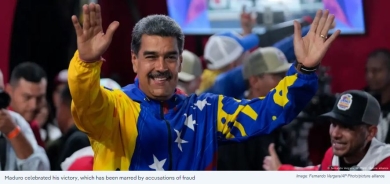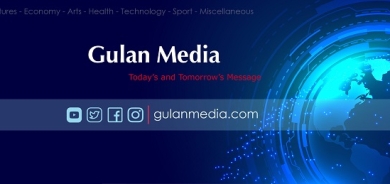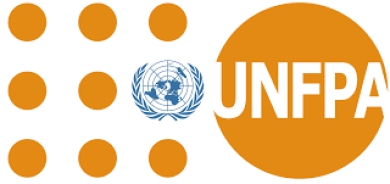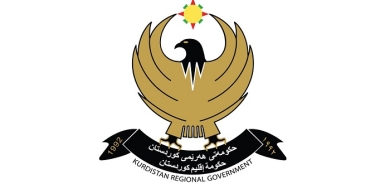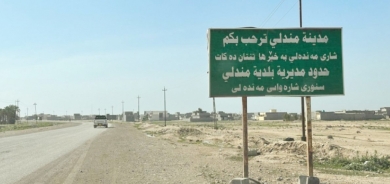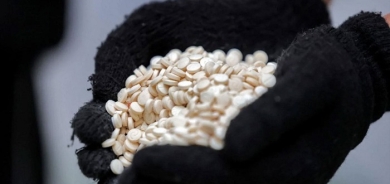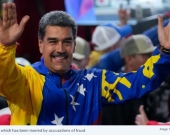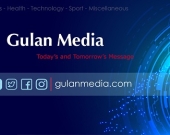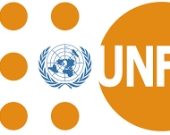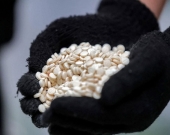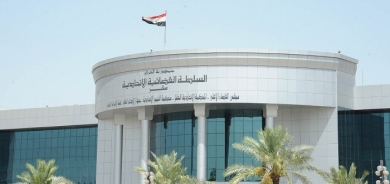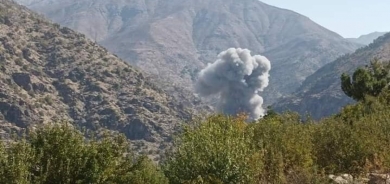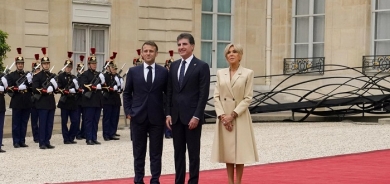Genocide never leaves us. It is in every face in this town
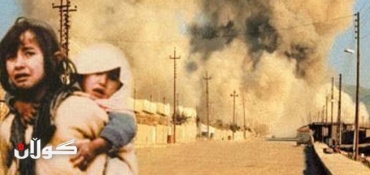
In confused agony, they screamed and clawed at their burning skin as it turned red, then black, before they finally fell silent.
Time has not erased the memories of the day 25 years ago when Saddam Hussein gassed the innocents of Halabja with chemical weapons, killing more than 5,000 in just a few hours.
The tyrant’s weapons of mass destruction are no myth here, in the town he tried to wipe out in his drive to rid northern Iraq of Kurds.
Locals still regularly come across the remains of those who died.
In the streets, those with birth defects bear testimony to the lasting effects of an atrocity, which left 10,000 with hideous wounds.
There are 254 survivors still categorised as seriously ill from the gas, and babies are still being born with chemicals in their blood.
Cancer and brain damage are more common here than elsewhere and many women are barren.
Plumber Bakhtyar Abdulla, 38, said: “It never leaves us. You can see it in the expression of every face on the street, even now.
That day still haunts the town.” He was just 13 when Halabja turned blood red with evil smoke from 400 warheads.
The horror began with the rumble of jets and bombs falling from the sky at 11.35am on March 16, 1988.
Local ethnic Kurds — long hated by Saddam for craving freedom from his rule — assumed it was just another shelling and took cover.
In fact, the bombardment was simply aimed at shattering windows so those in the town would suffer the full force of what followed.
At 2pm, the first of the duck-egg blue warheads, each carrying a cocktail of chemicals, began falling.
As victims dropped and panicking families fled, bombers dumped more gas on the two roads out oflishe town, cutting off escape.
But Bakhtyar — holed up in a cellar with his parents, two brothers, a sister and other relatives — remained unaware of the carnage until they emerged at 3pm. He explains: “We did not know it was a chemical attack. But when we came out, we saw two children dead and bleeding from their mouths and we realised.
“We put wet cloths on our mouths but you could not breathe normally as the air was so thick.”
He and his family were among 21 survivors who clambered, gasping, into a white Dodge pick-up truck and tried to drive out of town.
Aboard the truck he watched helpless as, one by one, his father Omer, mother Maliha, and sister Bekhal all died screaming.
His seven-year-old brother Nzar began crying as the gas burned away his eyesight.
Fighting back emotion, Bakhtyar recalled: “He asked me, ‘Where are my parents?’ I told him our parents were dead and he said,
‘Then please pray for me so that I can die too.’ His mouth and nose were bleeding.” Soon after, Nzar got his wish. Bakhtyar was one of just four on the truck to survive.
The 25th anniversary was marked at the weekend with a heartbreaking march by thousands of relatives to a memorial in the town — which is ringed by 34 mass graves.
Try suggesting that the West should never have intervened to depose the dictator and you are met with astonishment in Halabja.
The Kurds won self-rule in a 1991 revolution after a no-fly zone patrolled by British jets rendered Saddam powerless after the Gulf War.
And after the dictator’s monstrous regime was ousted by the Allies ten years ago, they were formally given independent regional rule.
Widow Habsa Faraj, 72, who watched four daughters and three sons die in the attack, said: “I am convinced that if he was still alive and in power he would have made more chemical weapons and be using them against his enemies.
“The world is a better place without Saddam Hussein in it. It is as simple as that.”
By Brian Flynn in Halaba

